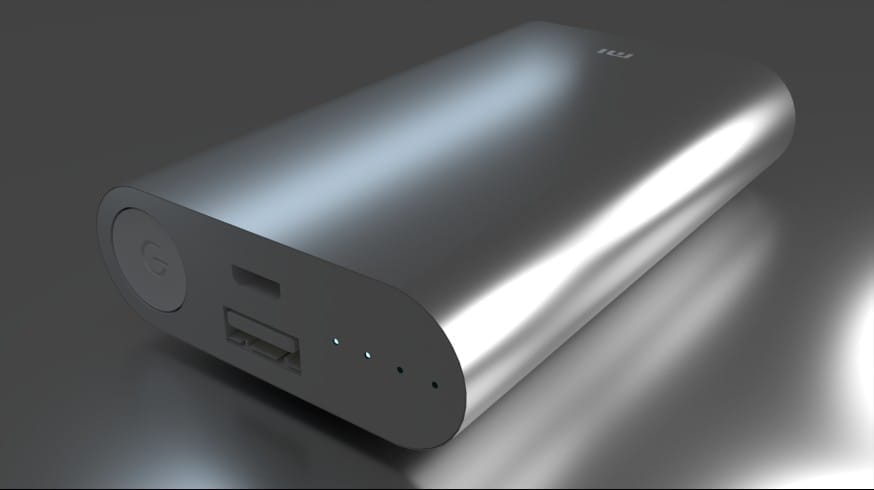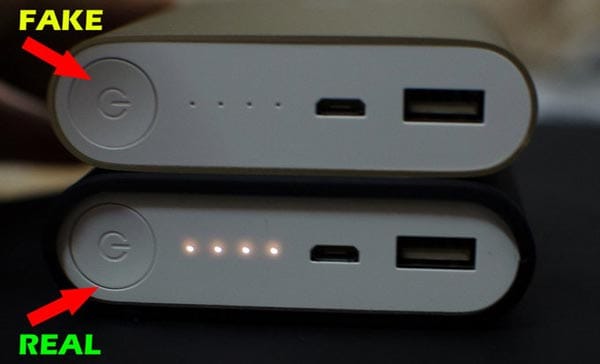
Some Windows settings are similar in all the versions of the Windows operating system and some are a bit different. In this article, I will be talking about the Hibernate mode in Windows 10 computers.
However, turning on Hibernate mode in Windows 7, 8, and 10 is almost similar as it needs to be done via Power Options in Control Panel but the procedure might be a bit different for different Windows versions.
A few years back, I’ve already written about hibernating the Windows 8 computer, and this time I will guide you on how to turn on Hibernate mode in Windows 10 computer. Not only this, you’ll get to know what actually the Hibernate mode is and what’s the difference between the Hibernate and the Sleep mode of a Windows operating system.
What’s Hibernate Mode? Difference Between Hibernate & Sleep?
The general meaning of the “hibernate” word is a kind of deep sleep. In terms of computing, hibernation means powering down the computer entirely while retaining its current state.
Both the Sleep and Hibernate modes are power-saving modes and are used when you don’t want to completely shut down your computer because of some ongoing or unsaved work.
When you put your computer on Sleep mode, all your running applications and unsaved documents pause and save in RAM until you again open the computer. However, everything pauses, and the computer stops working but still, the computer technically stays on because all the ongoing programs and documents are saved in the RAM.
Unlike the Sleep mode, when you put your computer on Hibernate mode, the computer transfers all the content of its Random Access Memory to the Hard Disk. This makes the computer to use zero power while retaining all the running contents in the hard drive so that you can start exactly where you left off.
Read Also: 11 Computer Myths to Pop out of Your Mind
How to Turn on Hibernate Mode in Windows 10?
Generally, both Sleep and Hibernate modes are for the same purpose but if you often take long breaks during your work without wanting to shut down the computer entirely, then Hibernate mode can be useful for you.
As far I know, the Hibernate mode is by-default hidden (turned off) in most Windows computers. For the Windows 10 users, I’m guiding in this article to turn on Hibernate mode easily so that it will start appearing next to the other power options like Shut down and Sleep.
- From the Start menu, click the “Settings” icon and then choose “System” to open system settings.
- On the System Settings window, choose “Power & sleep” and then click the “Additional power settings” option.
- On the next Power Options window, click the “Choose what the power button does” option from the left corner of the screen.
- Now, on the next screen, you’ll see all the Shutdown settings including Sleep, Hibernate, etc. All you need to click on the “Change settings that are currently unavailable” to make changes to any setting.
- At last, click the checkbox for the “Hibernate” option and then save the changes to start showing the Hibernate option in your power menu along with the Shutdown and Sleep options.

That’s all about turning on Hibernate mode in Windows 10. As soon you’ll turn on Hibernate from the Power Settings as guided above, the Hibernate power option will start showing up in the Power Menu along with other power options like Sleep and Shutdown.







